What is a high mast light
A high mast light is a high rising lighting system that provides large area illumination for roadway interchanges, traffic junctions, airports, sports facilities, commercial parking lots, freight terminals, railroad yards, container yards, port facilities, public parks, golf courses, toll plazas, industrial sites and storage areas. The fundamental value of high mast lighting is that it creates uniform light distribution across large areas while minimizing outdoor lighting installations and ground level obstructions. In roadway lighting applications, high mast lighting improves the peripheral field of view for the roadway user to provide maximum visibility of any objects on the road surface. In area lighting applications, a high mounting height for luminaires assists in minimizing shadows between ground obstacles such as parked vehicles, container stacks, grounded aircraft, and outdoor industrial equipment. The use of fewer poles and the ability to be used in confined spaces result in fewer design conflicts with other features. High mast lighting can be installed in locations where it will not interfere with the functioning of high activity spaces such as stadiums, ports, and construction sites.
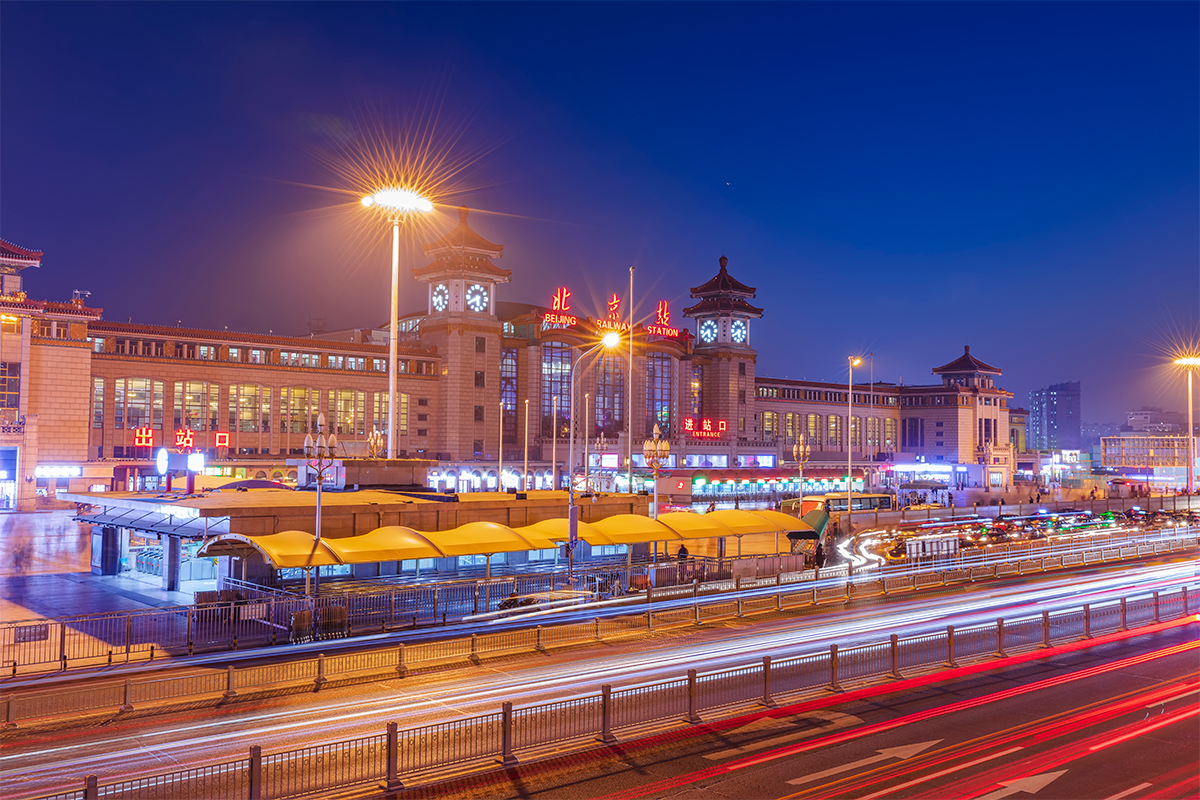
System configuration
A high mast lighting system typically have clusters of luminaires mounted on poles that start a height of 15 meters (50 ft) and can rise up to 70 meters (230 ft). The luminaires are positioned on a headframe which can be a mobile ring, fixed ring, circular platform, upright platform, or crossarm. A mobile ring can be raised and lowered by a drive mechanism through a plurality of cables which are secured to the ring, and run from the winch up the mast and around a series of pulleys on the master head. This way the luminaires can be easily serviced. Fixed headframes are generally accessed via service ladders, removable climbing rungs, or cherry pickers. In areas where lifting devices cannot access, hinged masts are used to enable servicing at ground level. The high mast is most often made up of multiple round or polygonal steel shafts which are continuously tapered to allow slip-fit assembly. It comes with a flange plate that fixes the pole to the foundation block with anchor bolts.
Farewell to HID lighting
Luminaires mounted on high masts are typically required to produce a luminaire output between 10,000 and 200,000 lumens in order to illuminate an expansive zone from a long distance. Before LED lighting became commercially viable, the lighting industry relied on the use of high intensity discharge (HID) fixtures to deliver this substantial volume of lumens. HID light fixtures use metal halide (MH) or high pressure sodium (HPS) lamps. These lamps are available in wattages of up to 1,500 watts and have a decent efficacy (64-110 lm/W for MH, 70-140 lm/W for HPS).
Despite their high lumen output capability, HID lamps suffer from several disadvantages that deem their phase-out. These lamps, MH in particular, require a warm-up period of several minutes before providing usable light, and the long hot restrike interval is of greater concern than initial start-up. Their lamp efficacy is not effectively converted into luminaire efficacy because of the huge optical loss in regulating luminous flux from omni-directional sources. It’s usually that less than 70% of rated lamp lumens is emitted by the luminaire. Also, not all of the light emanating from the luminaire is effectively utilized. A significant quantity of lumens lands at and around the beam’s central axis, resulting in excess illumination and wasted light.
The restrictive dimming capability, long start-up and hot restrike time, and reduced lifespan under frequent on/off switching conditions make it impossible to maximize the energy savings of lighting control strategies. A number of other concerns are related to the use of HID fixtures. Metal halide lamps may fail explosively and have safety implications. Some lamps are position sensitive. HPS lamps have poor color rendition.
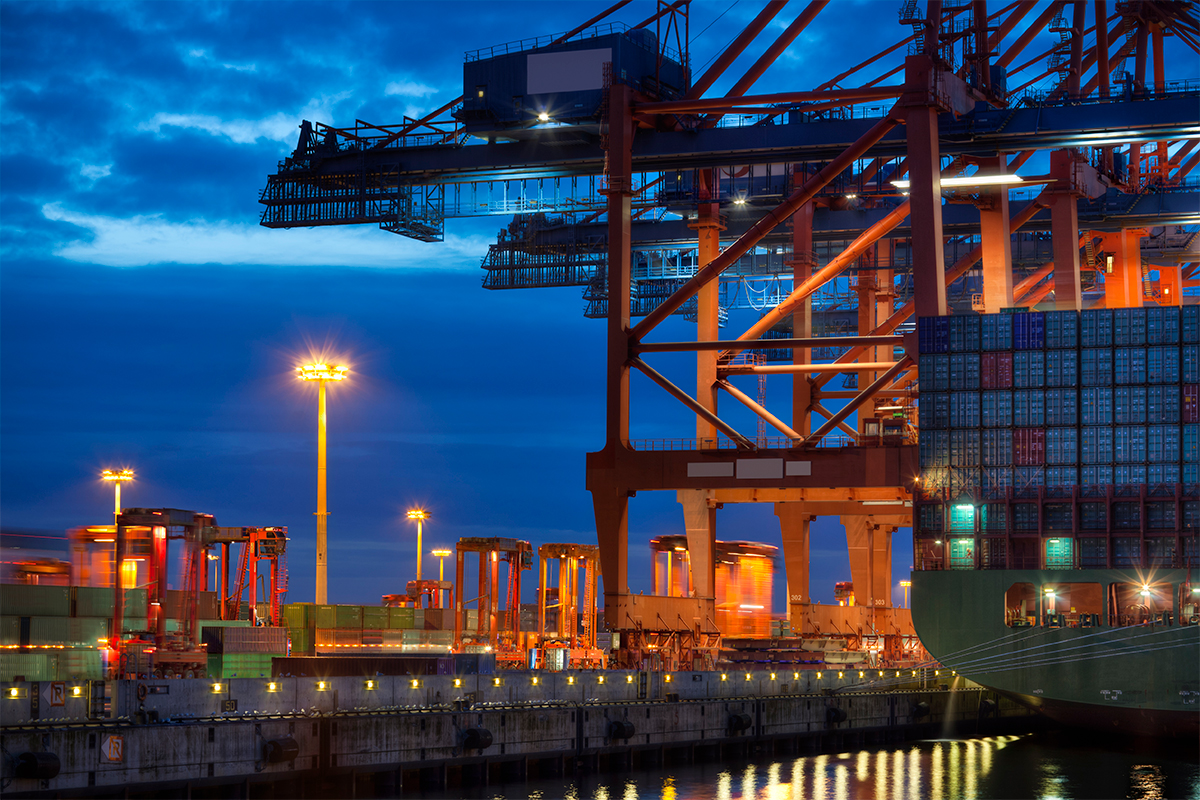
LED lighting rocks
LED technology ushers in a new era of high mast lighting. The overwhelming advantages of LED lighting over HID lighting encompass far more than just the improvement to the source efficiency. High mast lighting built on the LED technology platform offers a suite of energy saving opportunities that can be organized within the framework of lighting application efficiency (LAE). LAE for high mast lighting considers primarily optical delivery efficiency and the ability to actively control the source to minimize energy consumption.
The directional nature of LED emission improves photon utilization efficiency, and the small source size allows for high efficiency light extraction using package-level secondary optics. The flexibility in beam control and the ability to customize the layout of the light emitting surface (LES) with discrete LEDs enable delivery of very precise lighting to a defined target and uniform distribution of light.
LEDs are inherently controllable with their full, instantaneous dimmability and on/off switching. This lends LED luminaires the ability to unlock the energy savings potential of lighting controls through the use of traditional single-strategy controls (dimming, daylighting, occupancy sensing, and timing), the integration with energy management systems (EMS) or IoT platforms.
Another meaningful contribution of LED technology to high mast lighting is the reduced lighting maintenance. A thoughtfully designed and engineered LED luminaire can provide maintenance-free operation for over 50,000 hours.
Controlling light pollution
High mast LED luminaires can be divided into two types by photometry: downlights and floodlights. High mast downlights are designed with an optical system perpendicular with respect to nadir and direct all or a significant portion of the light output in a downward direction. The backlight, uplight, and glare (BUG) ratings apply to this type of luminaires.
High mast floodlights are designed to project a controlled beam onto an area over a long distance. These luminaires can be aimed for precise optical directionality. These attributes make them the choice of equipment for illuminating stadiums and other large areas where high mast lighting installations must be located outside the target area for maximum use of the space. The disadvantages of floodlighting are that they do not illuminate the areas below the pole and can produce more obtrusive light (sky glow, light trespass, and glare). High mast floodlighting therefore should be undertaken cautiously. It’s important to avoid aiming the floodlights more than 62 degrees above nadir and to provide additional shielding from source brightness in order to minimize glare and other obtrusive light.
The BUG rating does not apply to floodlights since they’re often aimed in field. The light distribution of a high mast floodlight is described by degrees of beam spread or by NEMA type.
Light source
For the LEDs perform to their full capacity in terms of efficiency, lifespan, and photometric performance, a holistic approach to luminaire design and engineering is necessary. The high-power LED architecture often produces the most stress to the LEDs, which call for the use of high performance LEDs and optimization of the thermal and electrical systems. It is often desirable to use high power LED packages in high mast lighting applications. These packages are fabricated on a metallized ceramic substrate which creates a thermal path for high efficiency extraction of heat from the active region of the LED. The package design improves lumen maintenance, especially at high drive currents and higher junction temperatures.
Chip-scale packages (CSPs) are the upcoming choice of light sources for high lumen output lightings. These LEDs strip out as many of the superfluous elements as possible to eliminate failure points found on traditional LED packages. They can be soldered directly onto a PCB using their metallized P and N contacts, which shortens and broadens the heat flow path to the PCB to facilitate thermal management.
Mid-power plastic-leaded chip carrier (PLCC) LEDs are the least appropriate choice for high mast lighting applications because of their poor resistance to thermal and electrical stresses.
Thermal management
The considerable amount of heat produced around the junction area of the LEDs must be drawn away through all the elements that make up the thermal path of a high mast LED luminaire. Overheating the semiconductor junction and surrounding structure will accelerate nucleation and growth of dislocations in the active region of the diode. Increased crystal defect formations in the epitaxial layer structure of the LED chip lead to a permanent reduction in the internal quantum efficiency (IQE). High operating temperature may also cause degradation of materials utilized in the LED packages, such as phosphor or encapsulate, resulting in loss of efficiency and noticeable color shift.
Thermal management primarily handles the total thermal resistance between the LED junction and ambient air. The waste heat is first transferred away from the LED junction by conduction from solder joints through a metal core printed circuit board (MCPCB) to the heat sink. The heat sink then convects and radiates heat to the ambient air. The thermal path design must pay attention to removing the bottlenecks of thermal conduction, which are very likely the solder joints and the interfacial gaps between the MCPCB and heat sink. The heat sink which absorbs thermal energy from the LED board and then dissipates that thermal energy into the surrounding ambient air must have its material thermal conductivity maximized in order to lower the thermal resistance. A large surface area and free air flow volume improve free air convection cooling. A passive heat sink is typically manufactured from die cast, extruded, or cold forged aluminum.

Line and load regulation
The driver is the most active factor that affects the reliability, efficiency, and controllability of high mast LED luminaires. The goal of a line-powered LED driver is to provide efficient conversion from the incoming AC line power to the regulated DC output current with electrical characteristics matched that of the LED load. LED drivers can vary in terms of operating voltage, circuit efficiency, power factor correction (PFC), output characteristics, programmability, electrical safety rating, surge immunity level, temperature rating, electromagnetic interference (EMI), and dimming interface.
Line and load regulation for high mast LED luminaires at power levels above 100W is typically accomplished through a two-stage conversion step controlled by switching power semiconductors. Compared single-stage LED drivers, two-stage LED drivers have wider operating voltages, higher surge capability, wider dimming ranges, lower EMI signatures, higher circuit efficiency at high wattages, and better quality of light (less flicker).
Outdoor LED drivers should have an adequate output voltage margin to make the cold start. Dimming in the amplitude modulation (AM) or pulse-width modulation (PWM) mode is frequently used to create different ambiances depending on the mindset and activity, and to maximize energy savings. Dimming and on/off switching control can be made through an analogue (0-10V DC) or digital (DALI or wireless mesh network) interface.
System reliability is maximized with overvoltage, overload and short circuit protections, and intelligent temperature monitoring of the LED light engine. A surge protection device (SPD ) is often installed to enable a high surge immunity on system level.
Handling environmental stresses
High mast LED luminaires must deliver high reliability and durability with robust specifications for moisture, corrosion, dust, vibration and extreme temperature protection. The formation of a reliable solder joint between the LED package and PCB is particularly important because outdoor luminaires are often subjected to repeated vibration and cycling of extreme temperatures. The solder joint needs to have high creep resistance and thermomechanical fatigue resistance in order to minimize failures due to strains incurred in thermal cycling.
The optical assembly is typically protected by a tempered glass lens and gasketed to exclude moisture, dust, contaminants and insects. The sealed enclosure often comes with a protective vent that enable pressure equalization. Chemical surface treatments of the aluminum housing provide corrosion resistance to the metal and improve the adhesion of subsequently applied powder coatings.

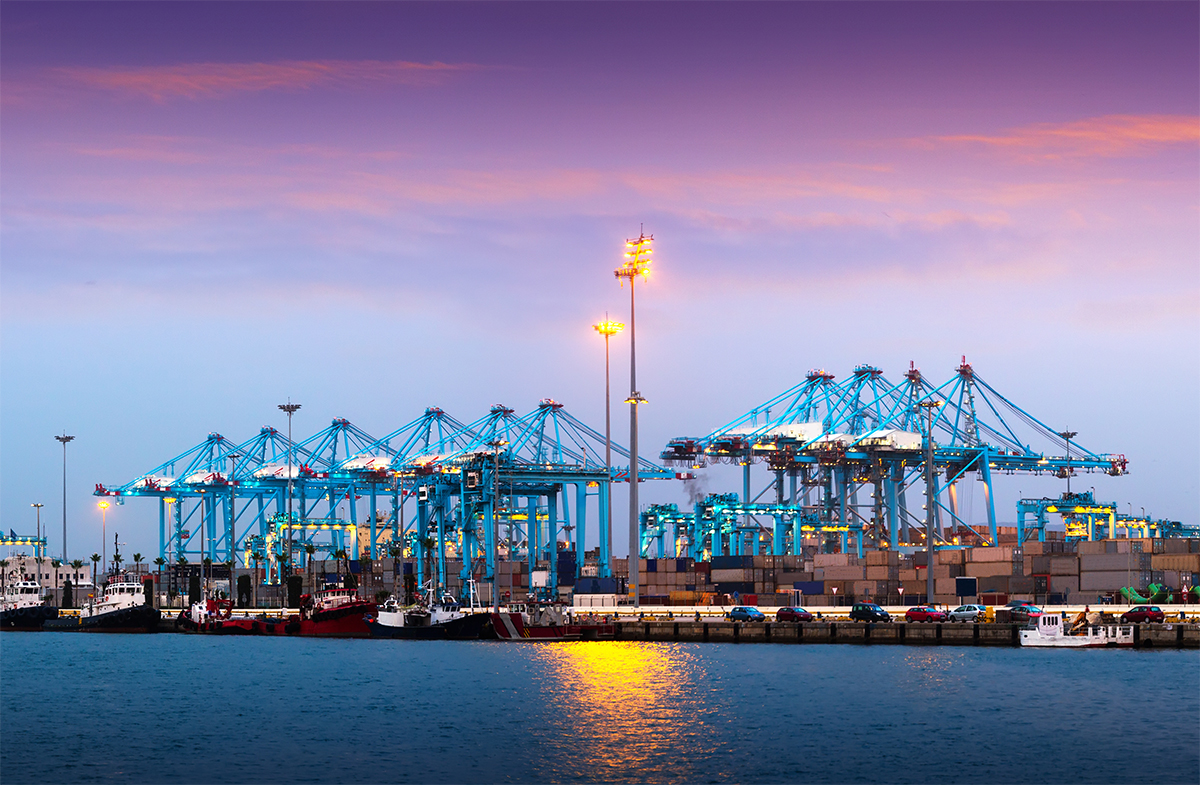
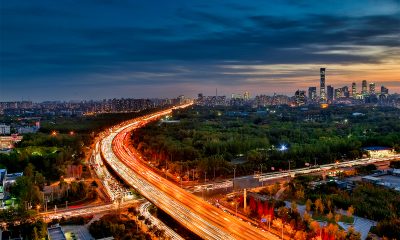



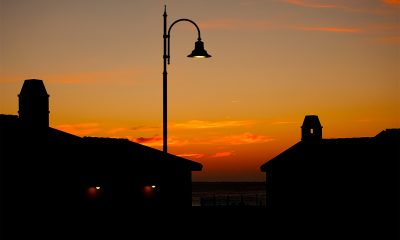


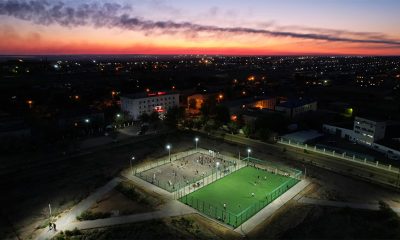



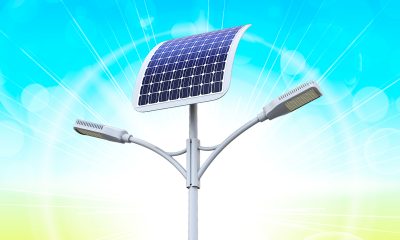





Loading...